By Mary Buckham and Dianna Love, co-creators of Break Into FictionTM
Creating a novel-length story requires compiling a huge amount of information from character
 development to the final resolution. Every writer has his or her own way of pulling all of that together to end up with a book, but regardless if you are a pantster or a plotter there are certain elements in all commercial fiction.
development to the final resolution. Every writer has his or her own way of pulling all of that together to end up with a book, but regardless if you are a pantster or a plotter there are certain elements in all commercial fiction.There’s no way we can take you through all the levels of Character-Driven
 Plotting in one blog article, so we’d like to go over some of the biggest problems or issues we see in our Plot YOUR Book in 2 Days Retreats attended by new writers and mass market published authors.
Plotting in one blog article, so we’d like to go over some of the biggest problems or issues we see in our Plot YOUR Book in 2 Days Retreats attended by new writers and mass market published authors.All writers get excited about a story because of something that ignites an original idea or a scene they envision or a character talking to them. That’s great. You need to hold onto what excites you about the story. New writers and published authors run into similar problems, but for different reasons. A newer writer may not be familiar with all the components of a compelling story as they are often still going through the initial learning curve. A published author is very aware of what is necessary, but does not recognize when a story is lacking those components – how to find plot holes.
Trouble shooting a novel length commercial fiction story and rejection letters:
- The infamous “sagging middle” indicates a lack of plot, lack of turning points, lack of stakes rising and possibly a lack of character development.
- A rejection that says “Interesting story concept but I didn’t connect with the characters” means character development is lacking.
- A rejection that says “…not big enough to be single title” may indicate a large enough premise for a single title, but what you consider subplot is not significant to the central story line.
How do you find these holes? A good place to start is with the character to see if he/she is truly motivated or just “doing things the author needs them to do.” Or, ask yourself if your character’s external goal is really strong, or worthy of an entire book.
Another problem we see often is that the central character(s) don’t really accomplish anything or move the story forward – they just go from one non-escalating action to another that has no true impact on the story.
Writers don’t always realize they are creating plot holes or unmotivated characters, because as writers we tend to be to close to the work. The best way to locate problems in the plot and/or with the characters is to ask a more experienced writer or find a instructional program that will show you how to recognize weaknesses. If that is not available, then here’s an exercise: Analyze each scene to make sure that whatever action is happening in your story impacts the external plot line or the internal growth. In the strongest stories, the action impacts both.
If you find yourself challenged by any of the issues we’ve brought up in this blog, speak up as we’ve been able to help lots of writers, both published and pre-published, “see” their work in a new light.
So, what stumps you when it comes to plotting?
 Award-winning authors Mary Buckham and Dianna Love met while teaching online and at live workshops across the country. As relatively new authors who can appreciate the mountain of resource books needed to learn the craft, they used their analytical skills to assimilate a program where writers could immediately apply new information learned to their own stories. This program is called the Break Into FictionTM Template Teaching Series. For more information, go to www.BreakIntoFiction.com
Award-winning authors Mary Buckham and Dianna Love met while teaching online and at live workshops across the country. As relatively new authors who can appreciate the mountain of resource books needed to learn the craft, they used their analytical skills to assimilate a program where writers could immediately apply new information learned to their own stories. This program is called the Break Into FictionTM Template Teaching Series. For more information, go to www.BreakIntoFiction.com

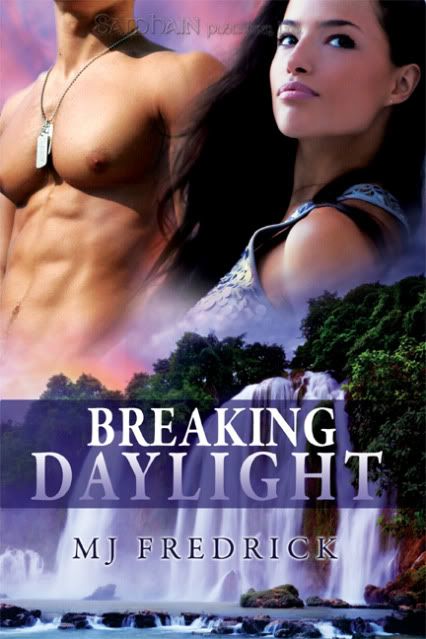
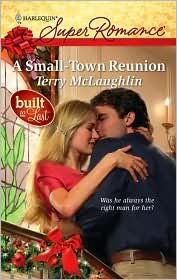
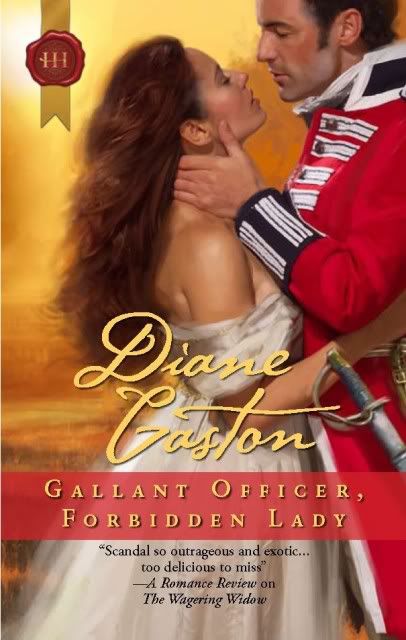
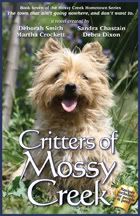

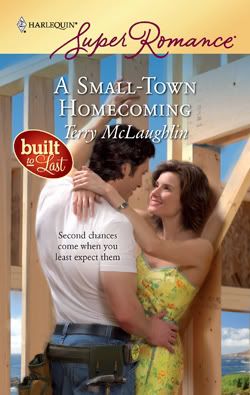
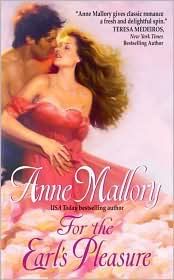

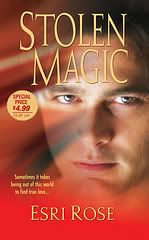
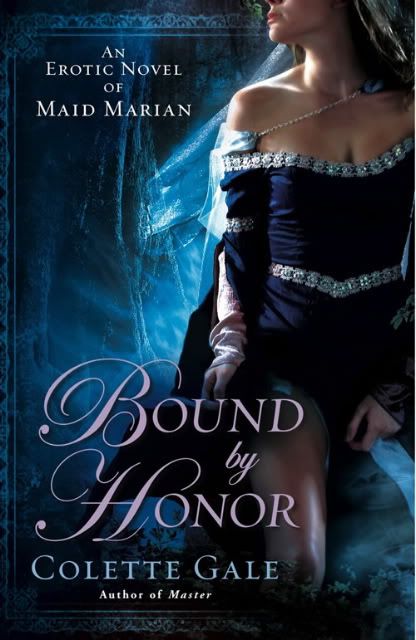
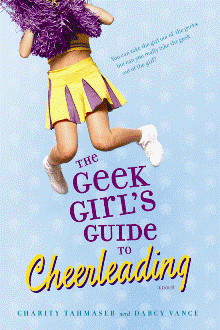
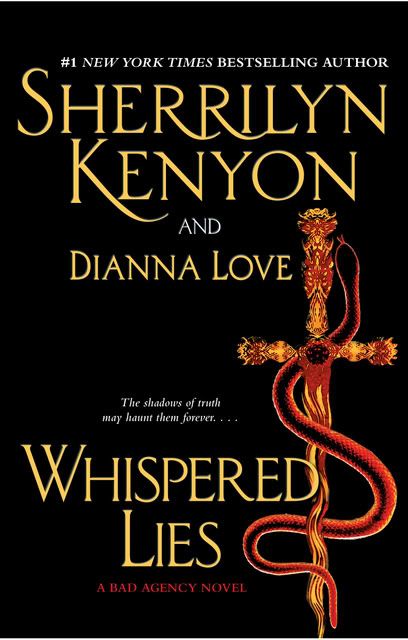
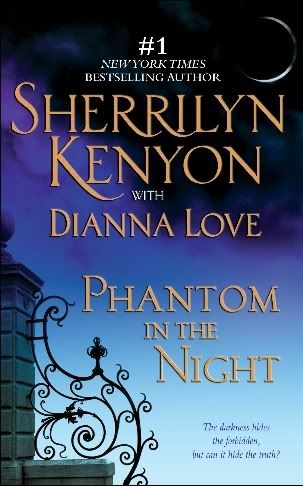




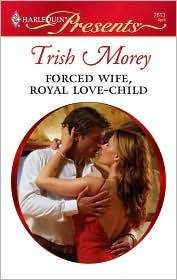
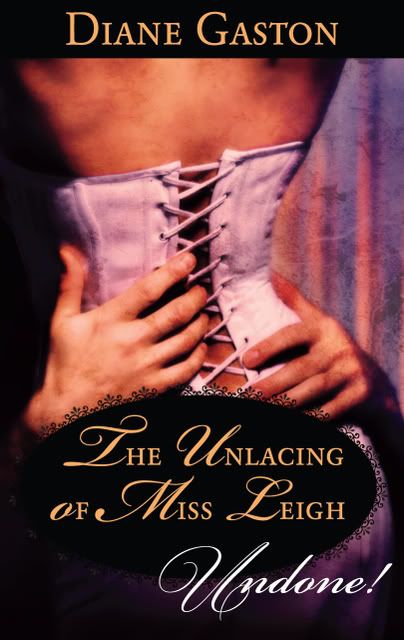




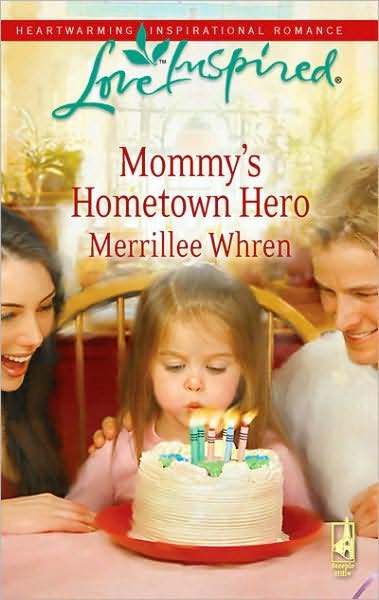
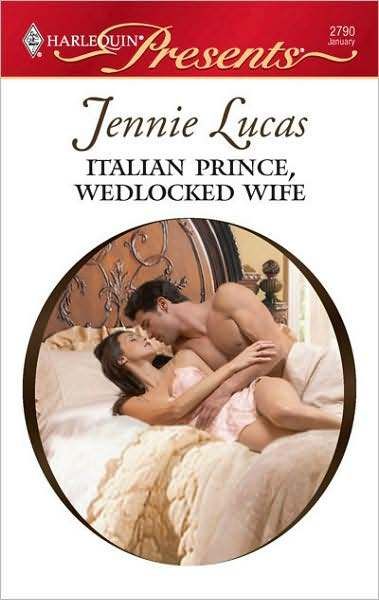
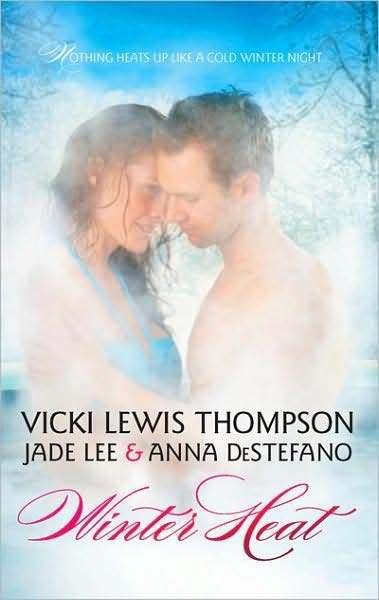
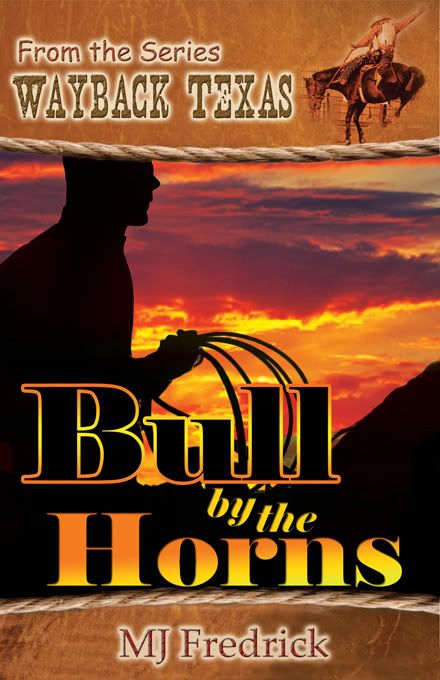
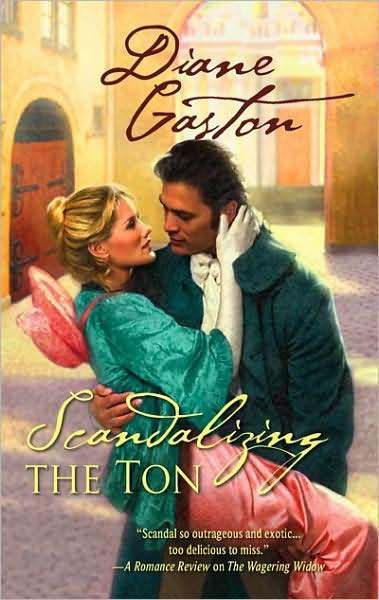
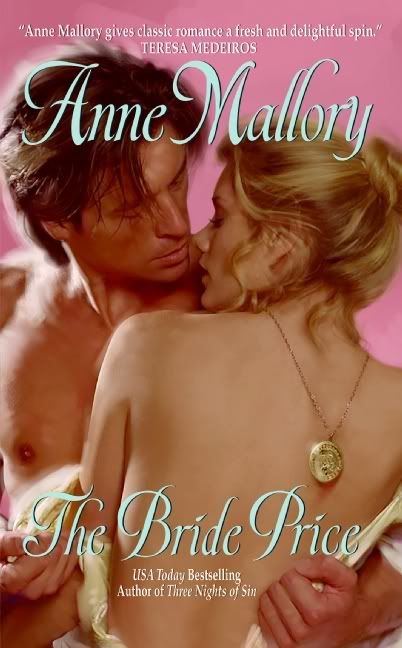
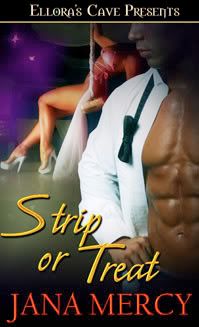
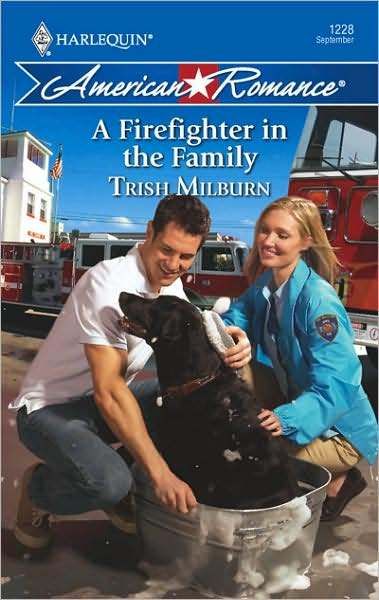
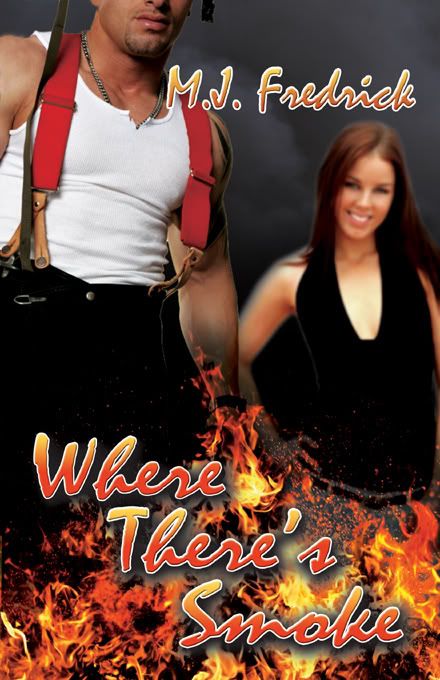
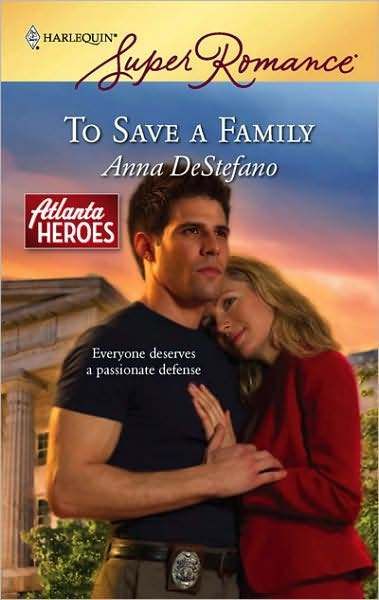


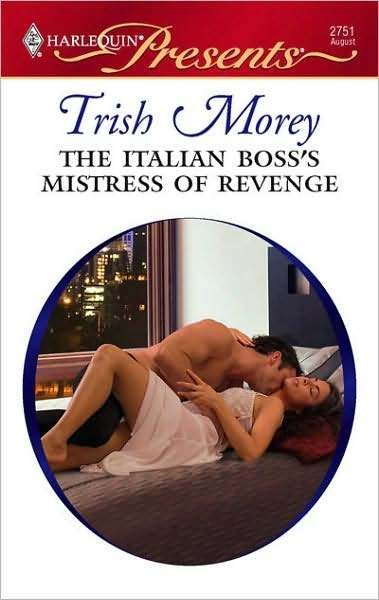
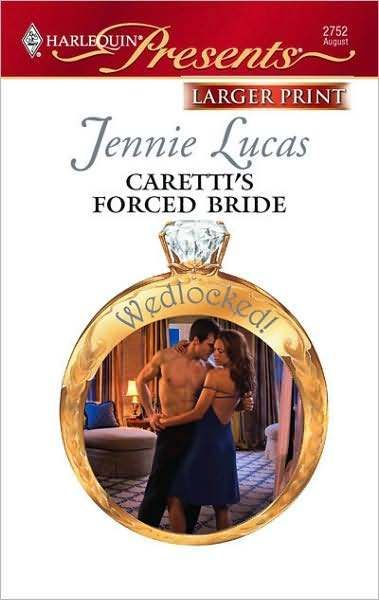



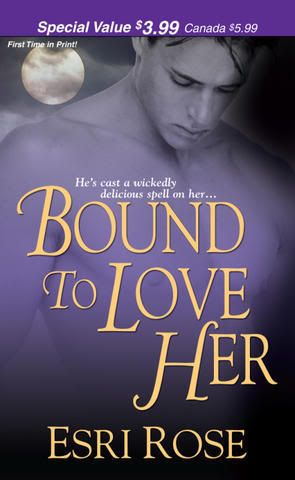

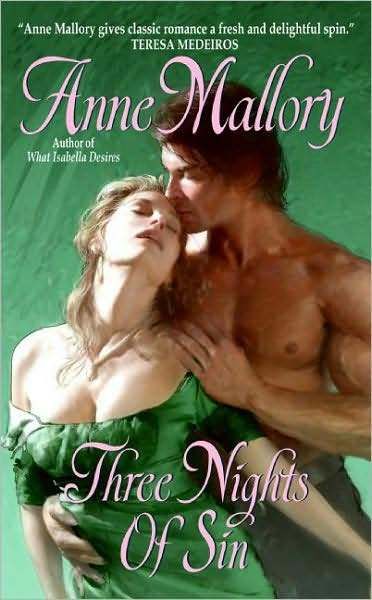
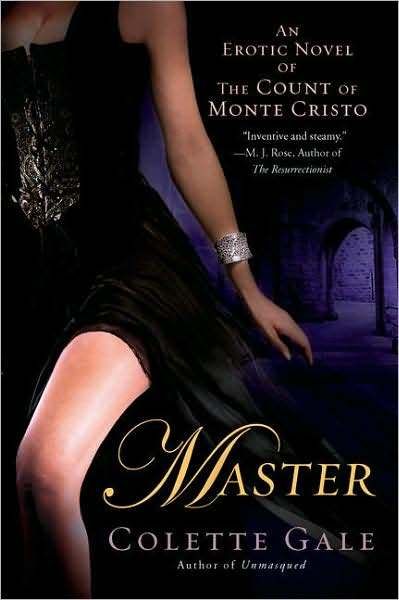





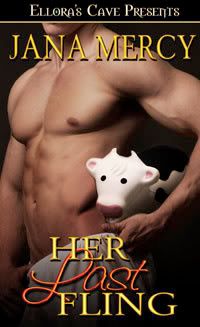
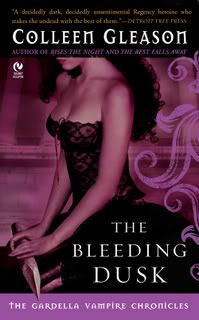
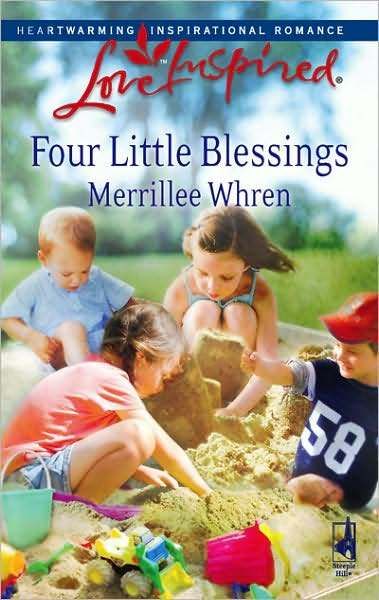

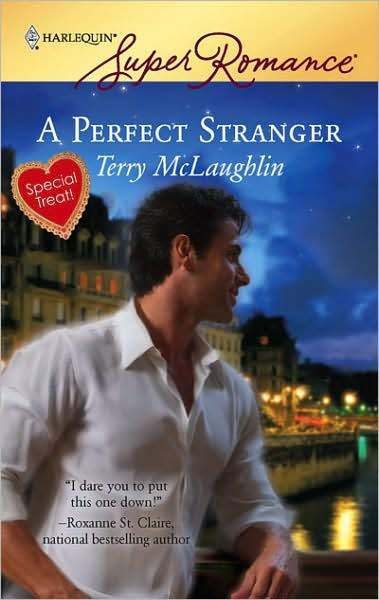


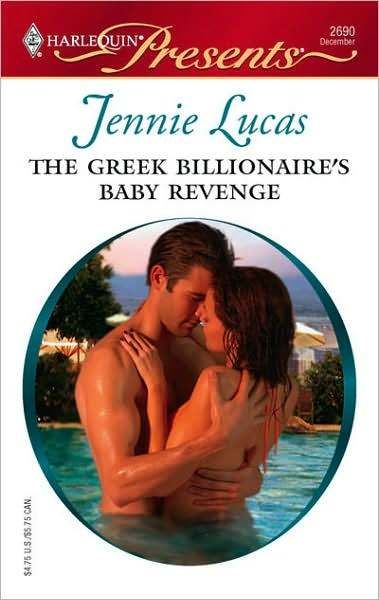

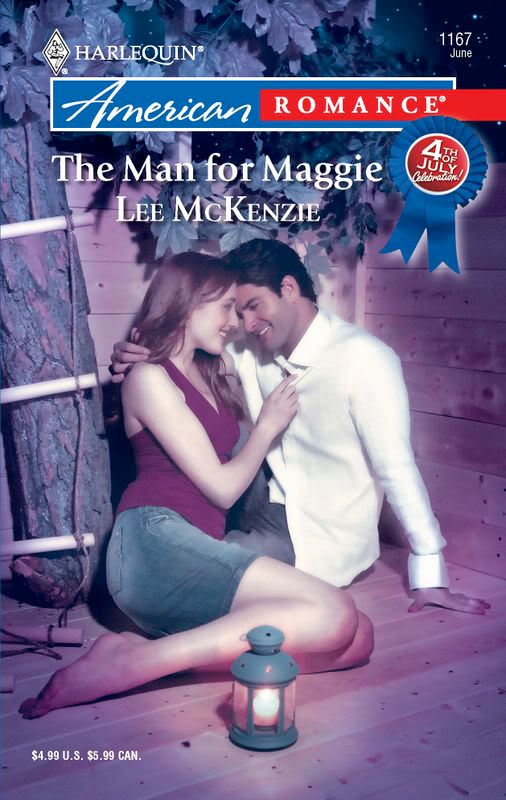
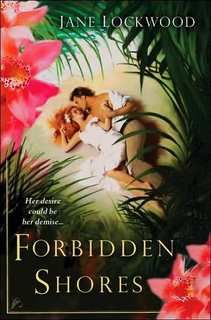

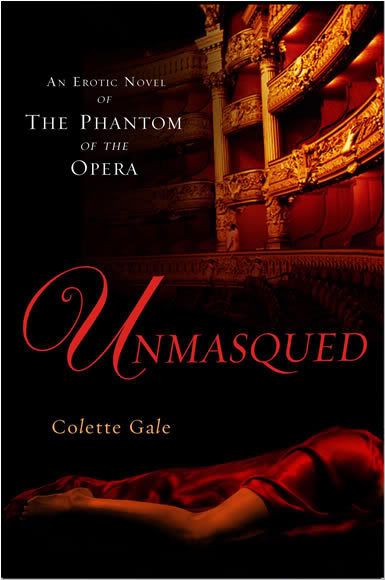
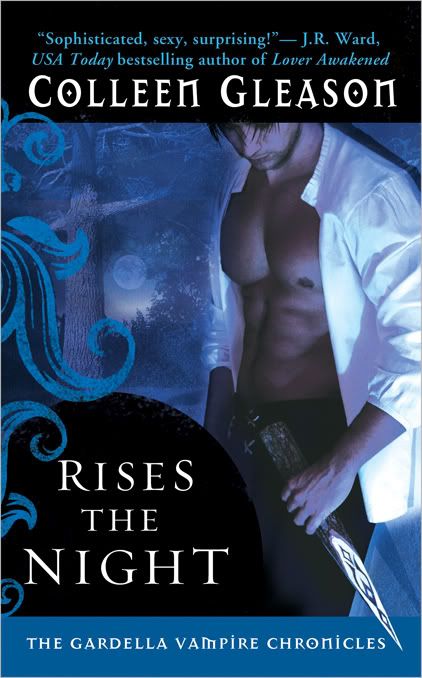
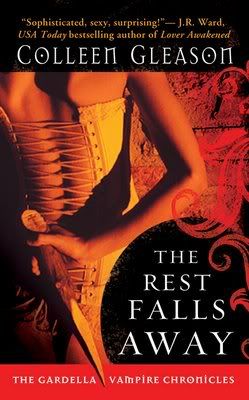
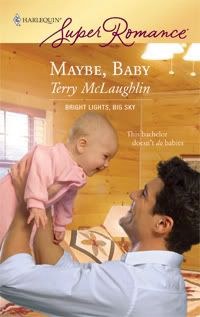
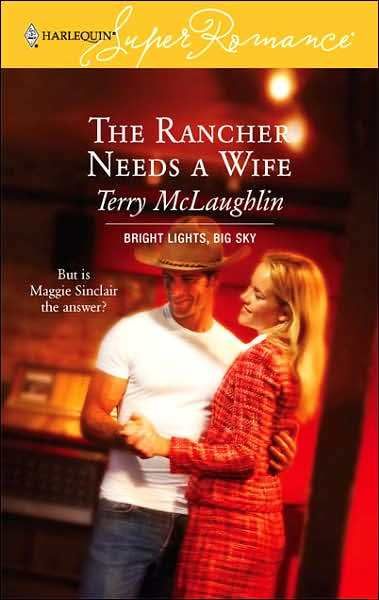
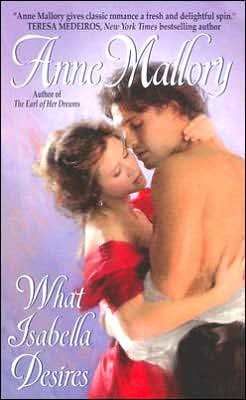
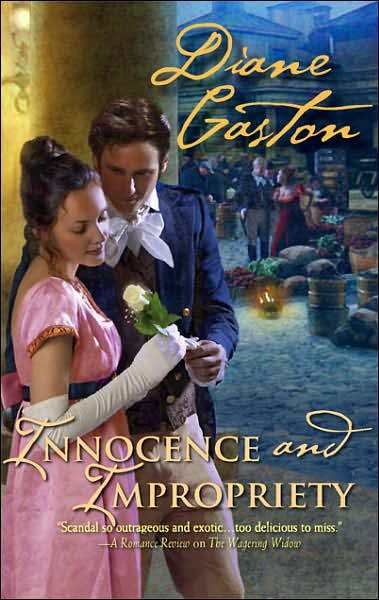
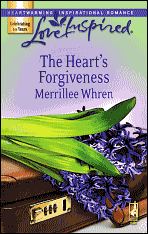
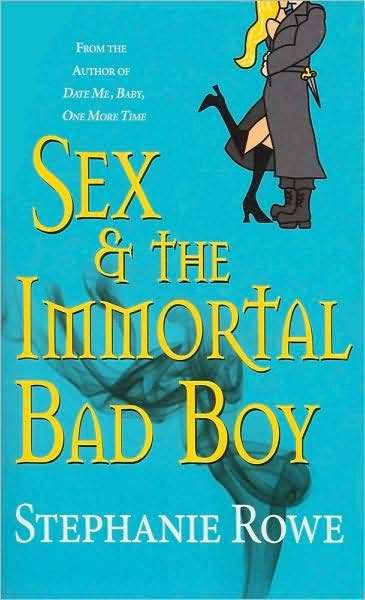
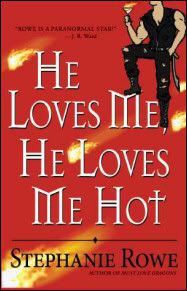
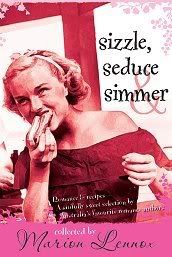
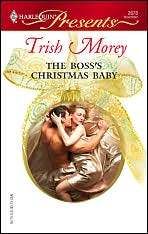
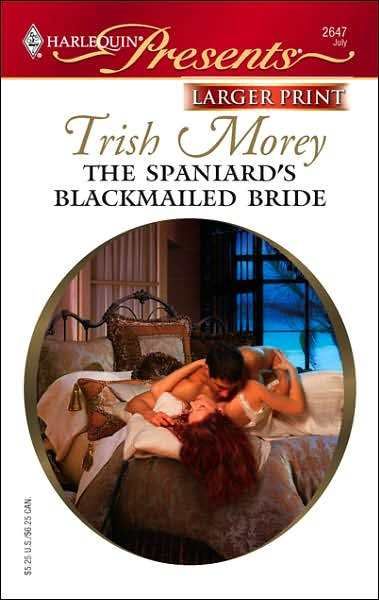
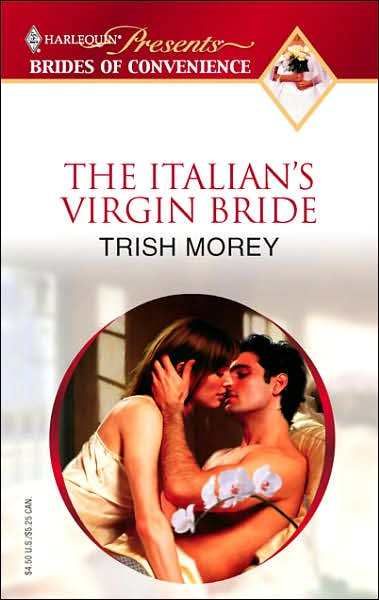
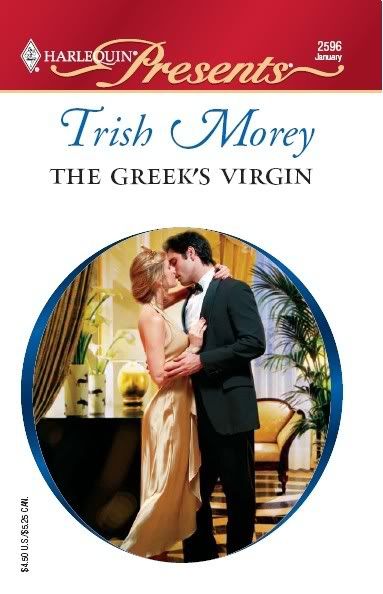

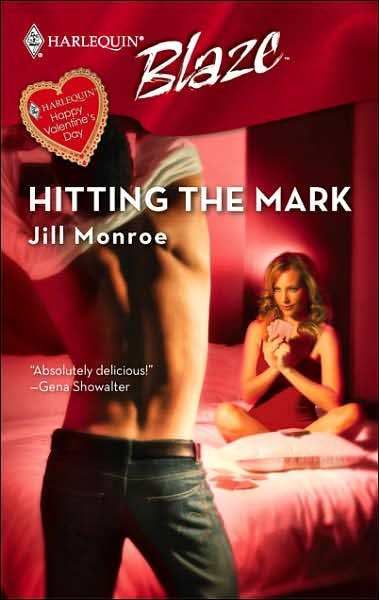
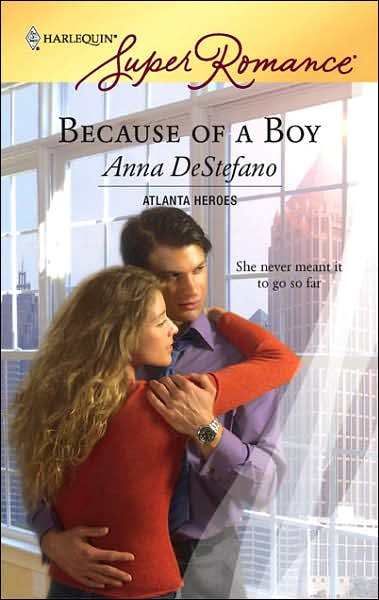
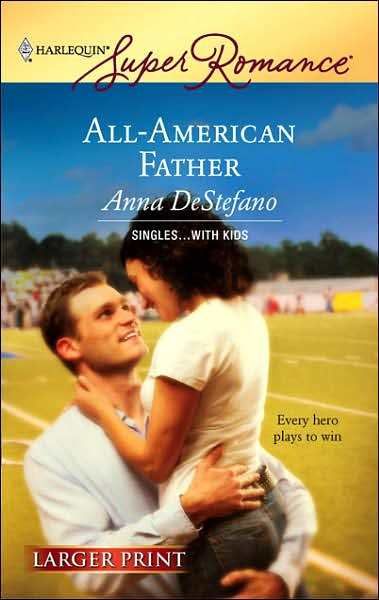
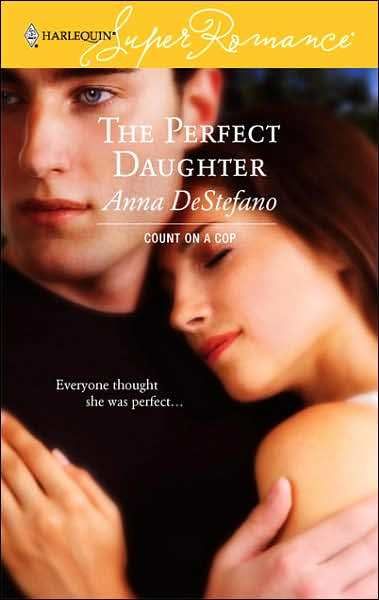
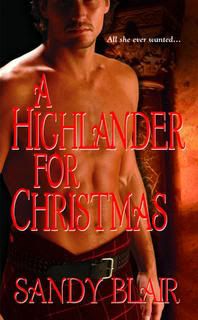
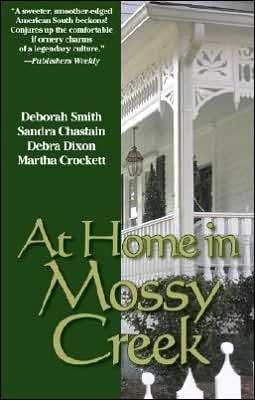
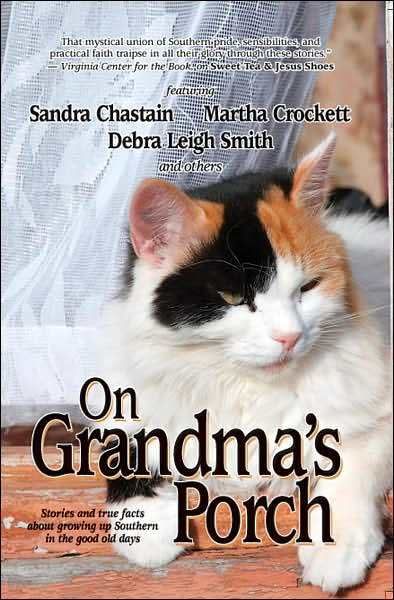
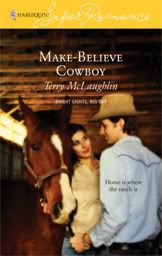

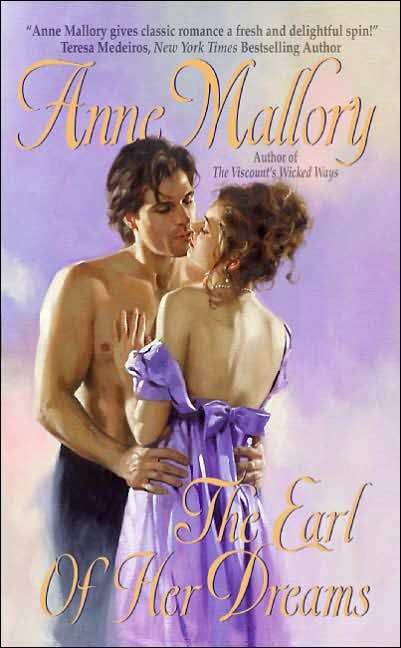
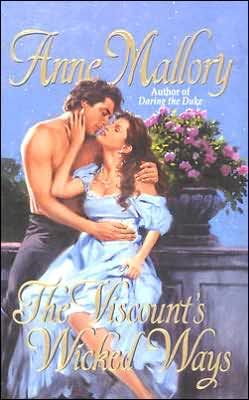
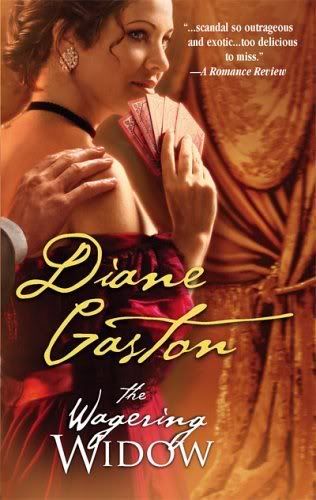
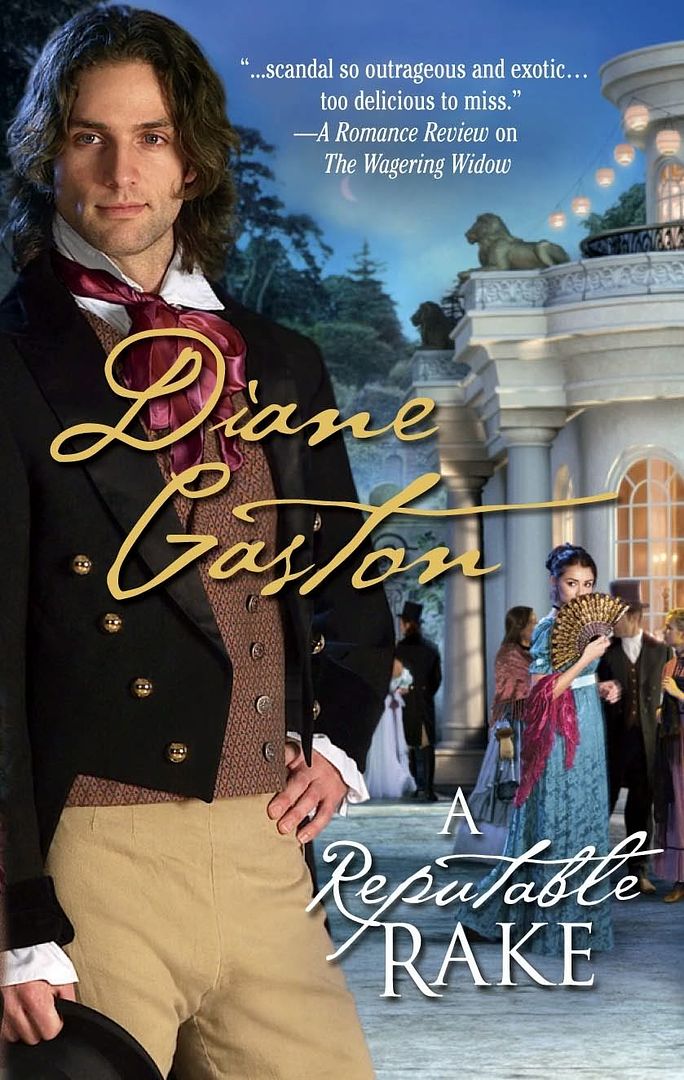
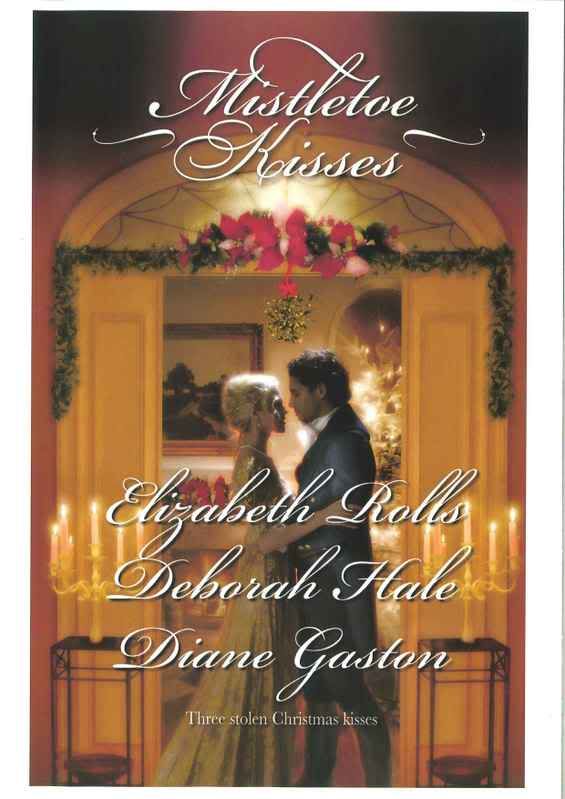
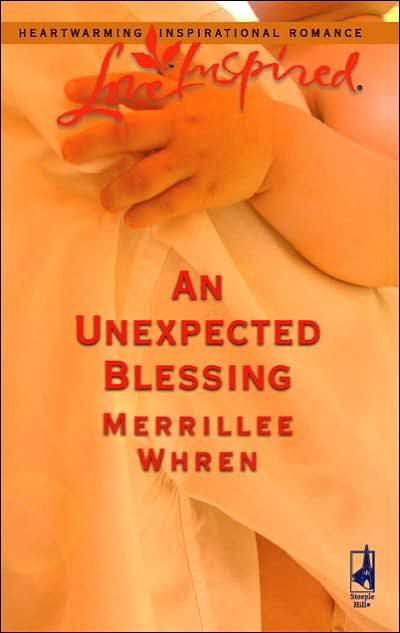

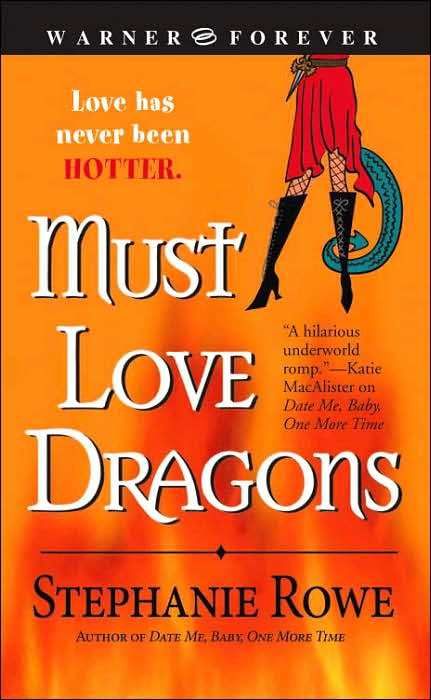
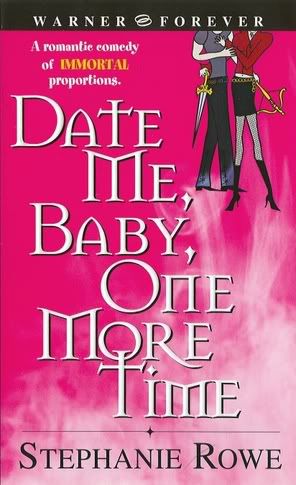
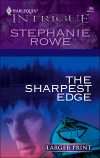
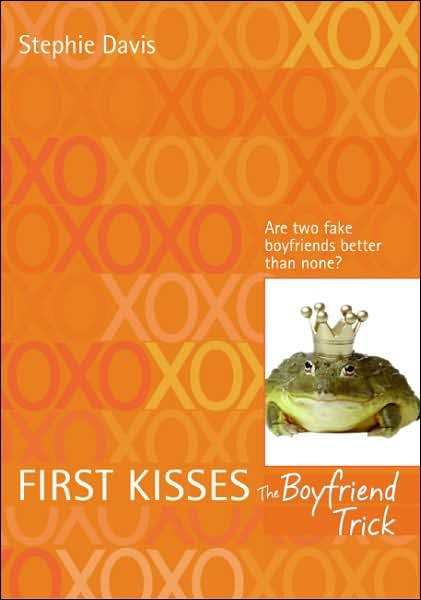
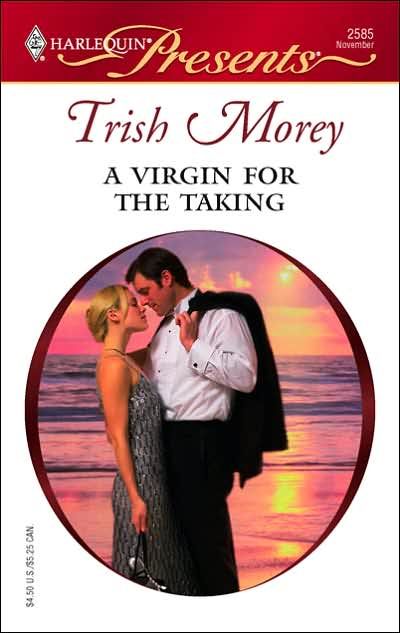
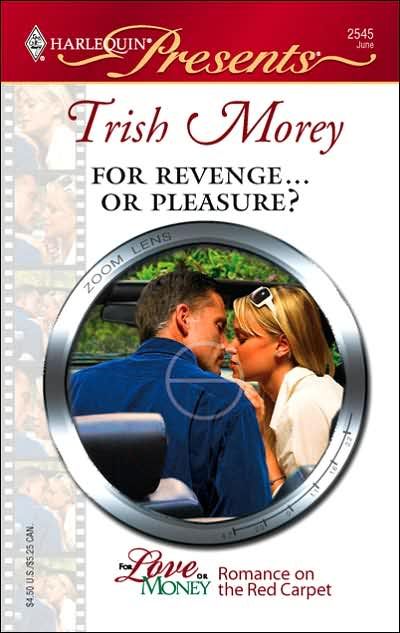
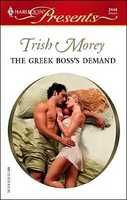



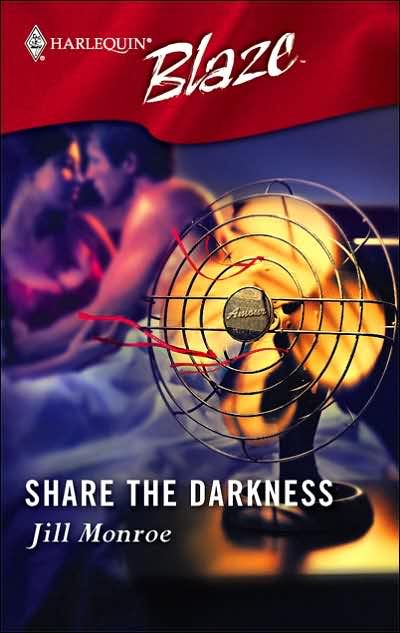

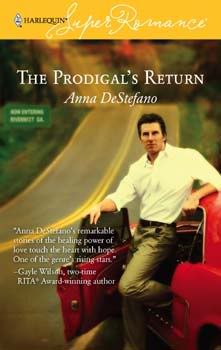


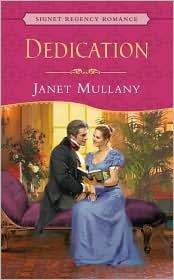
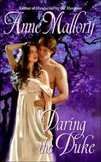
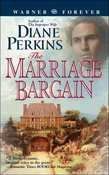
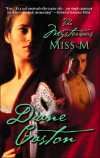

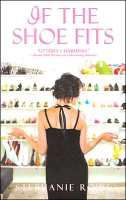

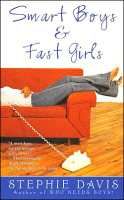


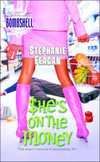
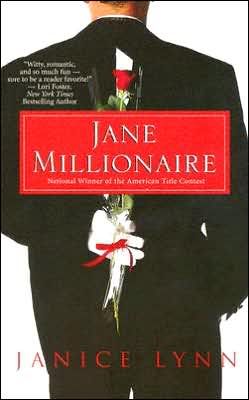


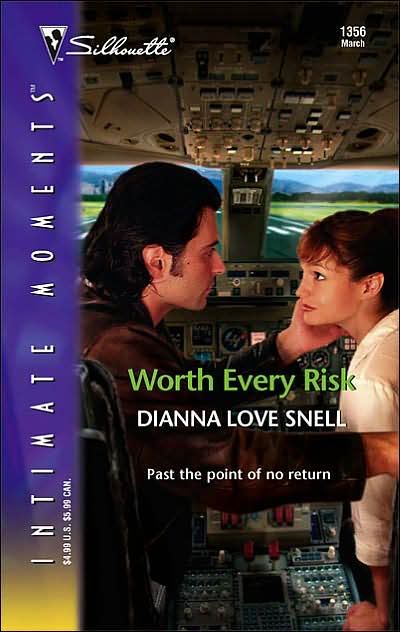
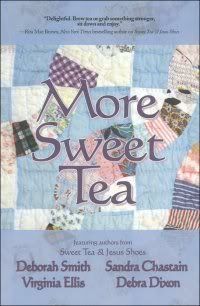
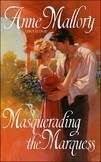
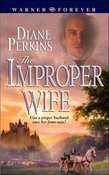
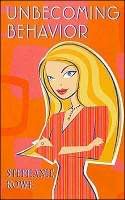
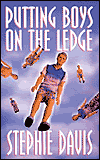
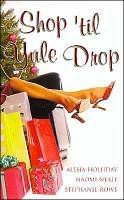
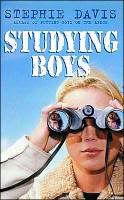
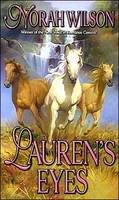
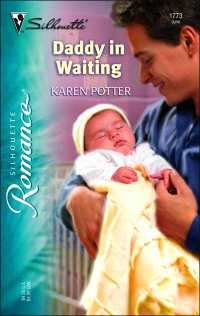
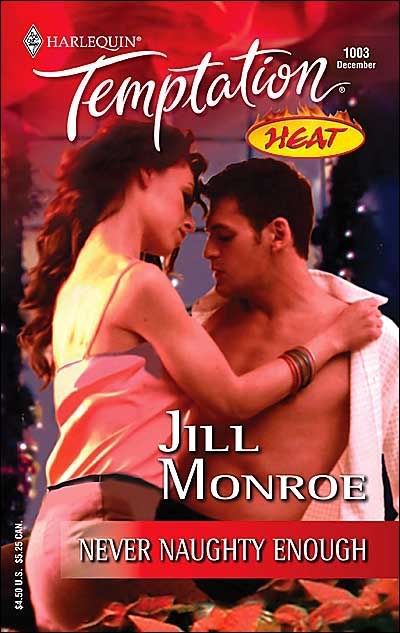





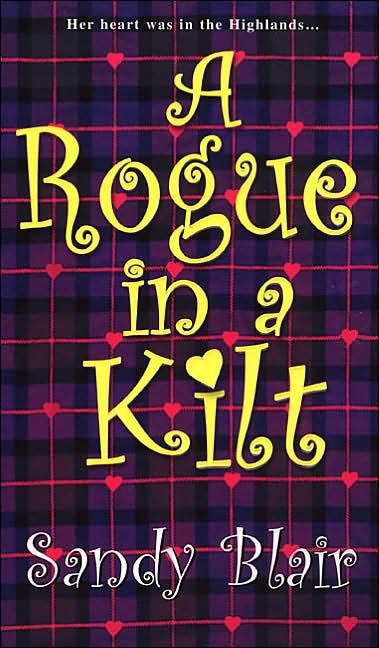

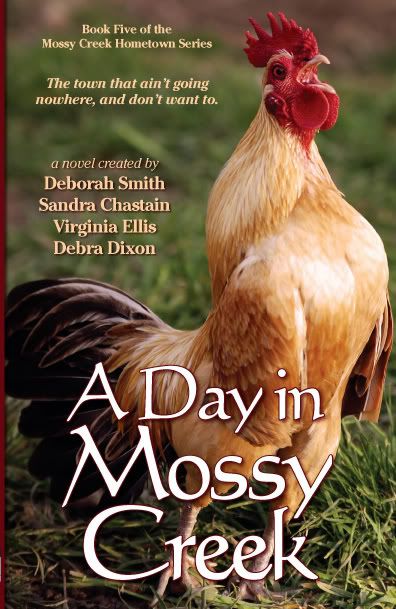

14 Comments:
Good morning, and thanks for the thought-provoking post today!
I will go through my finished manuscript and try checking each scene again for the "moving forward" checklist.
I'm curious about your plotting workshop and your book. Is it designed for someone to show up with their book already done, and it works as an effective revision session? Or could it help someone who just had a basic outline and two very strong characters that won't get out of the author's head? :) Exactly how much information does the author need to bring to the workshop in order to make it most effective?
Mary and Dianna, I can't wait for your book. I think it is going to be fantastic!
One thing you mentioned here that resonates with me is the concept of escalating action. That should be easy for even my non-analytical mind to analyze!
Escalating action... That seems extra important to me, because I write romantic-suspense. (That's Mary and Dianne's genre, as well.) When both the romance and the suspense plot escalate, and when one kind of feeds the other, that's when I think you really have something. Most male "big book" writers don't accomplish it, and the romance feels like an afterthought: "Wait, what am I missing? Oh, yeah. A part for Angelina Jolie."
Good morning Gillian –
I just got thrown off the blog after answering your post so I hope this one comes through.
So glad you’re working on your manuscript. My and Mary’s goal in everything we do is to have writers work on their own stories while learning the craft. As new authors, we got sick and tired of digging through tons of books for a tip here and there.
In our Plot YOUR Book In 2 Days Retreat, we’ve had new writers working on their first story, some who have been writing for 10 years and others who are mass market published authors so it’s not necessary to have a finished book. It is a good idea to have some idea where your story is going and at least your main characters. We use movie examples (four well-known movies we have the attendees watch before coming) to show you how our templates work to help you flush out your own story.
Newer writes will figure out what they need to create a well-rounded story. Those who have been writing longer will see where they may be making the same mistakes over and over that is prohibiting them from moving closer to publication. We have quite a few multi-published authors registering who are looking to either move from category to single title or want a more efficient way to plot or work alone and, therefore, need to find plot holes and/or character weaknesses on their own.
Our Break Into Fiction™ Template Teaching Series is meant to push a writer to
create larger stories and stronger characters. The idea behind the templates is not to just fill in blanks, but to make you think about the answers to those blanks. As I’m always saying, it’s like handing everyone in the room the same blank canvas, the same brushes and the same paints then instructing them on how to paint. Every person would come up with a different picture.
Thanks for stopping by and for asking about the retreats.
Dianna
Hi Diane -
Thanks for the good wishes on our book. We're excited.
You're so right about the escalating action. I just watched a movie last night that I thought I would love and was so let down. This morning I started analyzing why it didn't work for me and it came down to lack of escalating action - even through there was a lot of "action." The stakes didnt' raise even by the end.
LOL - we have pantsters and non-analytical types in our retreats who send notes saying how they started seeing these things in movies as they watched so it easy to analyze the basics we work with on stories. I bet you're probably very good at it based on your wonderful books like The Vanishing Viscountess.
thanks, Dianna
Hi Esri -
Esri said -
"Most male "big book" writers don't accomplish it, and the romance feels like an afterthought: "Wait, what am I missing? Oh, yeah. A part for Angelina Jolie."
You hit that nail on the head. I've always thought that some of our "top" male writers should have written romance first. If they had, the characters and character arcs would have made the stories far more exciting.
You're right about when the suspense and romance are woven tightly one definitely escalates the other. I can't wait to see how you wove that in your new book Bound To Love Her that will be out this May.
thanks, Dianna
Hello Gillian ~~
Thanks for popping in and some wonderful questions. The BREAK INTO FICTION Retreats are based on understanding character-driven plots and meant to focus not only on one manuscript or story but how to think about story and the elements that drive a story forward vs simply link stuff that happens. So we've had participants who come with an idea and go away with their story arc plotted out, we've had students who use the templates as a revision process to make sure they have no plot holes [while learning how to recognize them]. We've had students who want to grow their plots and see what might be missing. So the answer to your question is you can use the Retreat any way that works for you PLUS use the information and templates again and again as you create or revise other stories.
Hope this helps ~~ Mary B :-)
Hello Diane G :-)
Thank you for coming today and sharing. When you write RS or Thrillers or heavy plot driven novels sometimes it's easier to "see" the escalating action as the external plot elements create tension and pacing ~~ but all stories -- women's fiction, Chick Lit, sweet romances - also include escalating action that either propels a story forward or sends the story off in a different tangent. So when we think action it's important not to be wedded to the concept of action as "huge" -- bombs, guns, life-or-death -- action can be a slow dance at a prom that changes one forever, a conversation, a sex scene....
Thank you again! ~~ Mary B :-)
Hello Esri ~~
LOL! I love this line --Most male "big book" writers don't accomplish it, and the romance feels like an afterthought: "Wait, what am I missing? Oh, yeah. A part for Angelina Jolie." Because in the back of my mind I was thinking -- oh, a male writer can always find a place for Angelina -- but maybe not a place for Gilligan's Mary Ann or the girl next door :-) There are some male writers who, when they include the emotional component woven through the external threats can create stunning prose and books one can't put down. I'm thinking Dennis Lehane, Harlan Coben [his later work not the earlier Boltier series], T Jefferson Parker. When speaking with Nicholas Sparks agent a while back she said that it was the very fact that even in the first draft, she as an unemotional person was emotionally hooked into The NOTEBOOK, that compelled her to seek Sparks out, work with him through two rewrites and sell that book. A great lesson for us all.
Thanks for popping in! ~~ Mary B :-)
Thank you ladies! Very helpful!
Mary and Dianna, thanks for blogging today. Mary said: The BREAK INTO FICTION Retreats are based on understanding character-driven plots and meant to focus not only on one manuscript or story but how to think about story and the elements that drive a story forward vs simply link stuff that happens.
This intrigues me. Because I'm almost finished with my WIP and although I've written 7 books before this one and I know my characters' goals and motivations I still sometimes feel as if I'm simply linking scenes together. Even though this isn't a suspense, I still need the escalating action. Your workshop and template sounds fabulous. Thanks!
Hi Theresa -
Yes, we hear that a lot about "linking scenes together." Sometimes as writers we just naturally get a story right and everything comes together for a dynamic plot. But the more I wrote I found that on occasion a story would practically write itself then the next one would be like pulling teeth. That's when I needed a way to find the weak spots and/or to develop the plot further.
We're writers, so if we know what is missing or lacking we can fix it. The key is having a way to find the problems.
thanks for stopping by.
Dianna
Hey, ladies! Great blog. What should you do when they love your characters, your dialogue, your love scenes and yet sometimes they say they don't think there is enough conflict to sustain an entire novel?
Doglady said:
"What should you do when they love your characters, your dialogue, your love scenes and yet sometimes they say they don't think there is enough conflict to sustain an entire novel?"
This sounds like you haven't created enough twist points and upped the stakes plus your character motivation is likely weak, because the only thing this person didn't mention loving was the plot. Without conflict the plot is lacking more than one single item since everything is tied together.
Thanks for stopping by!
Dianna
Post a Comment
<< Home
Subscribe to Post Comments [Atom]